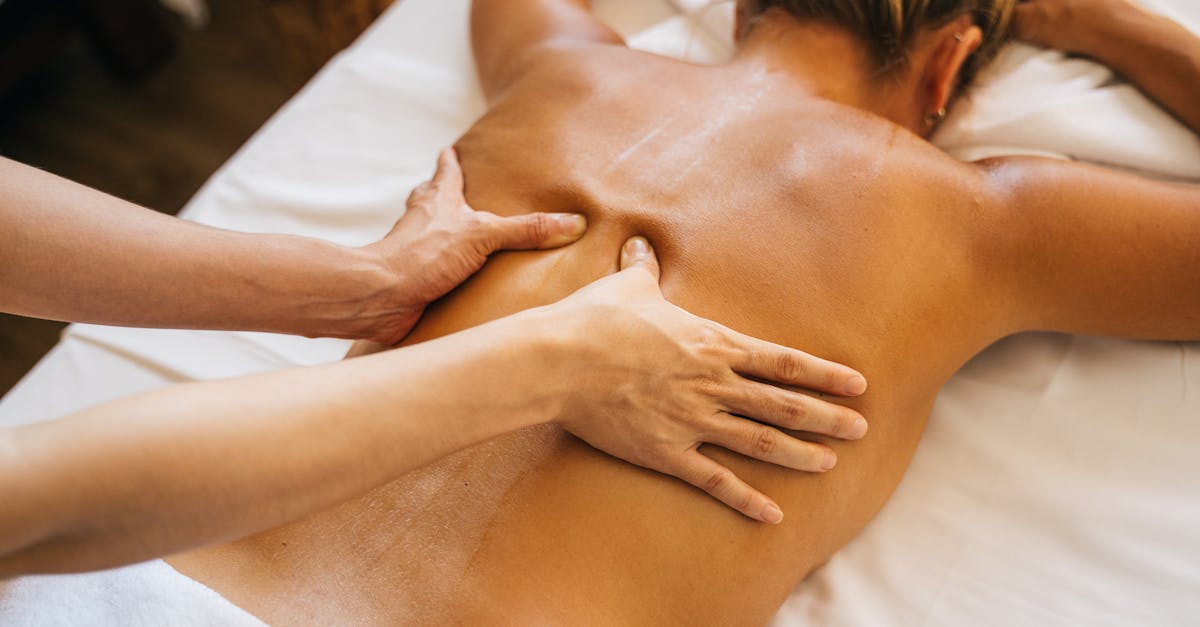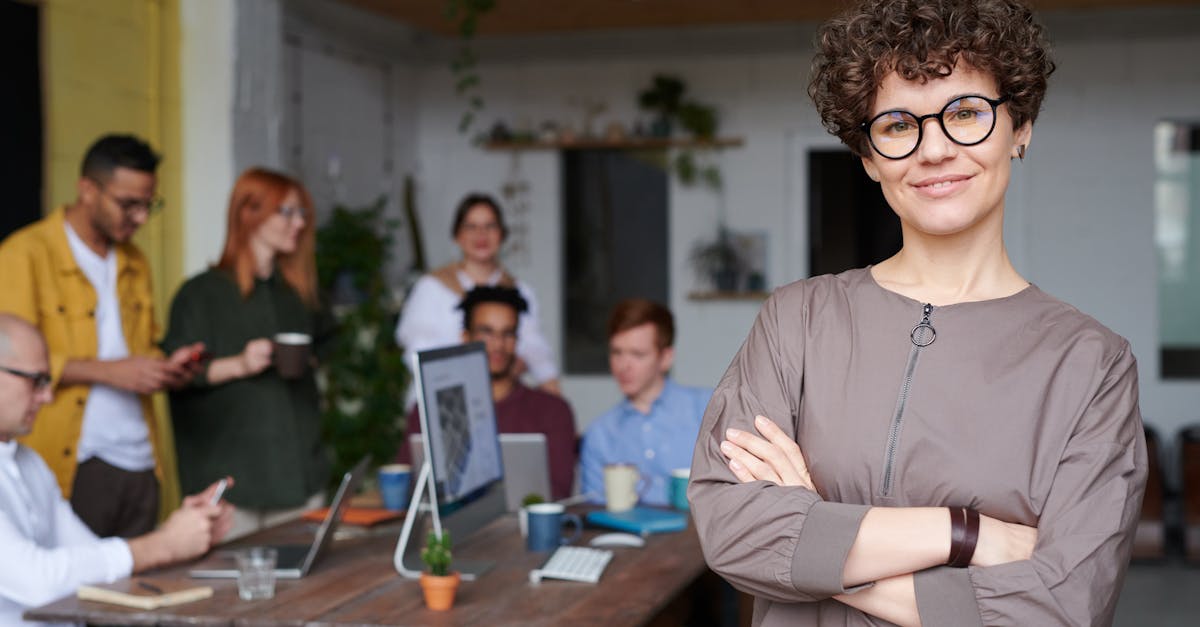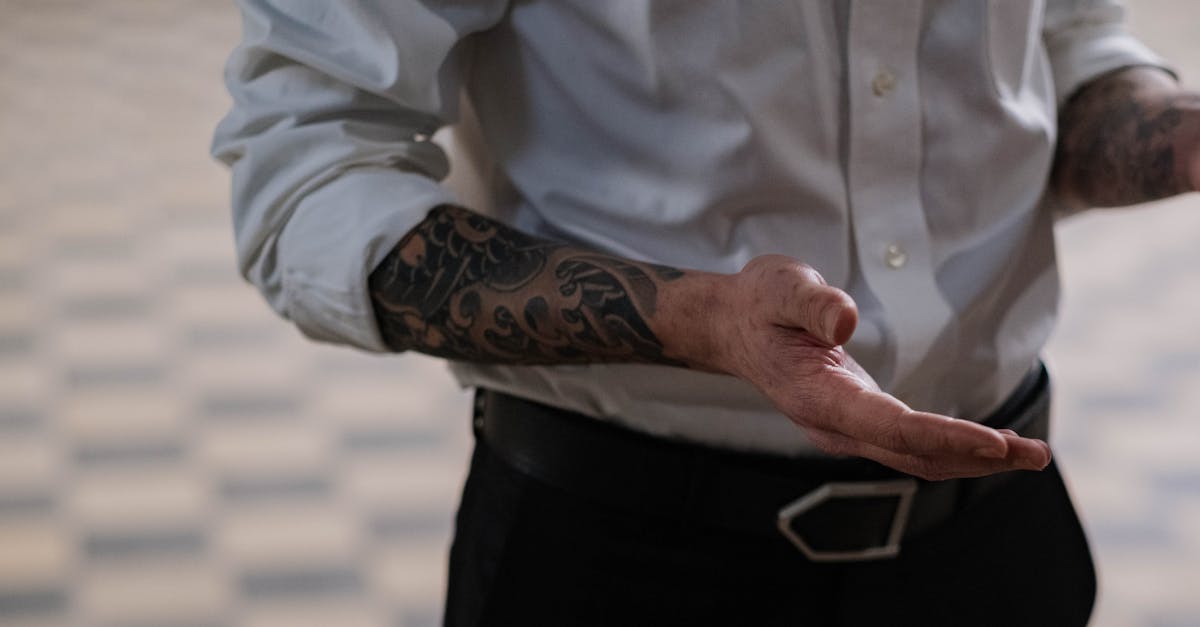|
In Short, Enhancing Core Stability with Shockwave Therapy for Hyperlordosis is an innovative treatment designed to address excessive curvature of the lumbar spine. This method effectively promotes trunk muscle strength by enhancing tissue healing and muscle function. Patients benefit from improved postural alignment and reduced lower back pain, allowing for greater stability and mobility. Combining targeted exercises with shockwave therapy facilitates a comprehensive approach to recovery, ensuring a holistic pathway toward optimal spinal health. |
Enhancing Core Stability through the utilization of shockwave therapy presents a promising approach to manage hyperlordosis. This method focuses on strengthening the trunk muscles, particularly the abdominal and gluteal regions, to support spinal alignment and alleviate discomfort associated with excessive lumbar curvature. Shockwave therapy promotes tissue healing and improves muscle function, effectively enhancing overall core stability as part of a comprehensive treatment plan.
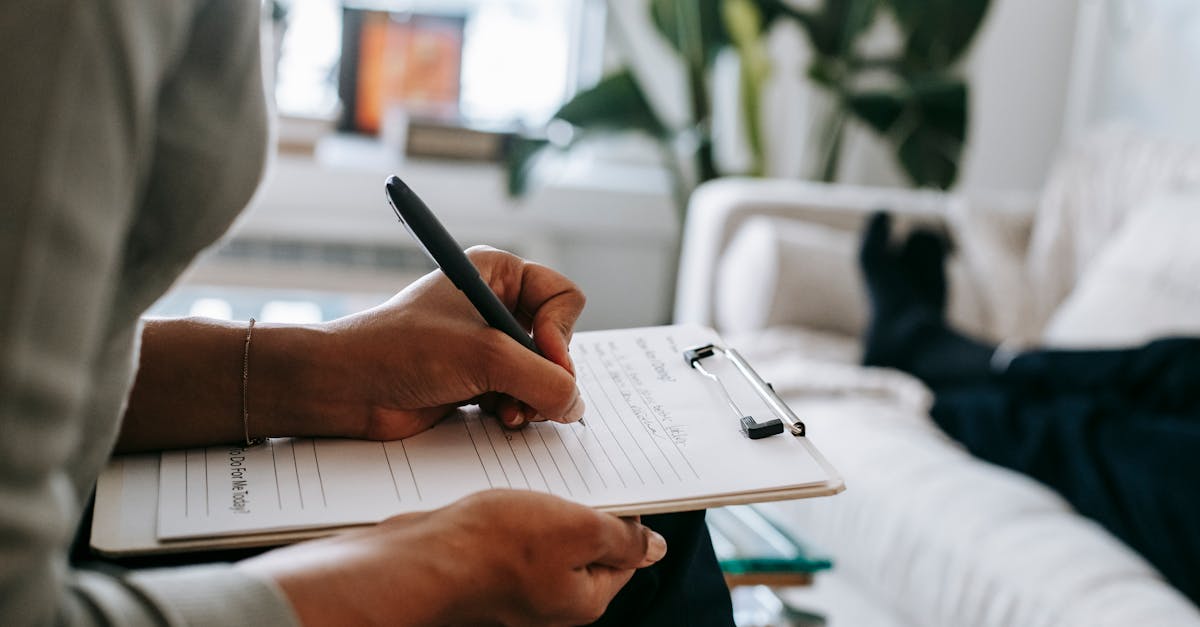
Discover Wellness with Pulse Align: A Natural Approach to Optimal Posture
At Pulse Align, we prioritize helping clients achieve their best self through a non-invasive, innovative method that restores natural balance and posture via gentle, imperceptible pulses. Our approach supports the body’s inherent capabilities, promoting muscle tone symmetry and reducing tension, leading to an overall sense of well-being.
Recalibrating Your Body Naturally
Unlike traditional methods that focus on specific discomfort or conditions, Pulse Align encourages the body to recalibrate itself naturally. This holistic approach emphasizes improving posture and overall balance, allowing clients to experience increased comfort and stability in their daily lives. By fostering a supportive environment, our method encourages the body’s ability to restore harmony and alignment without invasive procedures.
A Personalized Wellness Journey
At Pulse Align, we pride ourselves on our personalized approach to wellness. Many clients have shared their transformative experiences, reporting reductions in tension in the neck and back areas, improvements in postural balance, and enhancements in their overall wellness. This journey is designed to be inclusive, making our services suitable for the entire family, including children and expectant mothers, allowing everyone to benefit from the gentle, nurturing environment we provide.
Explore the Benefits of Pulse Align
We invite you to explore the Pulse Align website to learn more about our philosophy and how our unique services might benefit you and your family. With locations available in cities such as La Prairie, Mont-Royal, and Terrebonne, booking a consultation is easy and accessible. Remember, our approach complements existing wellness practices and supports your health journey beautifully.
Take the first step towards enhancing your overall well-being by visiting our site and scheduling an appointment today. Experience the safe, non-invasive, and family-friendly approach that makes Pulse Align a distinct choice for your holistic wellness needs.
Medical Disclaimer
The information provided here does not replace medical care or professional health advice. Clients should maintain ongoing relationships with their healthcare teams while exploring services at Pulse Align, which are designed to complement existing care. Our focus is on promoting the body’s natural processes, encouraging personal journeys toward enhanced well-being.
- Core Muscle Activation: Engage glutes and abdominals to stabilize the trunk.
- Shockwave Treatment: Promotes healing through acoustic waves targeting affected tissues.
- Improved Postural Alignment: Strengthens the trunk for better lumbar curvature.
- Adaptive Recovery: Enhances muscle tolerance to load during rehabilitation.
- Holistic Approach: Integrates strengthening exercises with therapeutic modalities.
- Pain Alleviation: Reduces discomfort associated with hyperlordosis through combined treatment.

Hyperlordosis is a condition distinguished by an exaggerated inward curve of the lumbar spine, which can lead to discomfort and musculoskeletal issues. This article explores how shockwave therapy, when combined with targeted exercises, can effectively enhance core stability to manage hyperlordosis.
Understanding Hyperlordosis and Its Implications
Hyperlordosis can result from various factors including sedentary lifestyles, muscle imbalances, and improper ergonomics, often culminating in lower back pain and decreased mobility. This condition requires a focused approach that addresses both muscle strength and spinal alignment. By understanding the implications of hyperlordosis, individuals can appreciate the necessity for effective treatment strategies that promote spinal health.
The Role of Core Stability
Core stability is vital for maintaining proper posture and spinal alignment. The core muscles, primarily the abdominals and gluteal muscles, work in tandem to support the lumbar spine. When these muscles are weak, the lumbar curvature can become exacerbated, leading to discomfort and potential injury. Therefore, implementing a regimen that strengthens the core is essential for those affected by hyperlordosis.
Integrating Shockwave Therapy
Shockwave therapy is a non-invasive treatment that utilizes acoustic waves to stimulate healing in musculoskeletal tissues. This innovative approach has shown to enhance muscle function, promote tissue regeneration, and alleviate pain. By applying shockwave therapy to the core areas affected by hyperlordosis, patients can confront the condition’s roots while simultaneously preparing their bodies for effective strengthening exercises.
Mechanisms of Action
The shockwaves promote blood flow and increase metabolic activity within the targeted tissues. As the tissue heals, patients may notice greater muscle tolerance to load, allowing them to engage in more rigorous exercise routines without exacerbating their condition. Furthermore, shockwave therapy has been effective in reducing inflammation, thus further aiding in muscle recovery and enhancing overall core stability.
Recommended Exercises for Core Stability
To effectively complement shockwave therapy, individuals should incorporate specific core strengthening exercises into their routine. Abdominal crunches are a fundamental component that targets the abdominal muscles. To perform this exercise, lie on your back with knees bent, engage your core, and lift your shoulders off the ground.
Another beneficial exercise is the bridge movement, which targets the gluteal muscles. By lying on your back with knees bent and feet flat on the floor, lift your hips while squeezing your glutes. This exercise not only enhances trunk stability but also addresses weaknesses in the back, contributing to balance and alignment.
Developing a Holistic Approach to Wellness
Employing a combination of shockwave therapy and targeted core exercises lays a strong foundation for managing hyperlordosis. Yet, it is crucial to maintain a holistic perspective, incorporating lifestyle changes that support ongoing improvement. This can include adjustments in work ergonomics, engagement in activities like yoga, and focusing on awareness of posture throughout daily tasks.
Conclusion: Embrace a Holistic Approach
In conclusion, addressing hyperlordosis is most effective through a comprehensive strategy that includes enhancing core stability via shockwave therapy and targeted exercises. This approach aligns perfectly with the principles of Pulse Align, fostering an environment that nurtures neuromuscular health. By committing to a well-rounded plan that emphasizes muscle symmetry and recalibration of the nervous system, individuals can reclaim their physical autonomy and experience a profound improvement in their quality of life.
| Comparison Aspect | Description |
|---|---|
| Therapy Approach | Non-invasive technique promoting natural body function through gentle stimulation. |
| Core Engagement | Aids in activating core muscles, enhancing overall stability and support. |
| Muscle Balance | Encourages alignment and symmetry in muscle strength, contributing to a balanced posture. |
| Natural Recalibration | Facilitates the body’s inherent ability to adjust and restore optimal alignment. |
| Tension Relief | Helps alleviate muscular tension, fostering improved comfort and movement. |
| Functional Benefits | Promotes enhanced mobility and overall well-being through improved muscle dynamics. |
| Patient-Centric Focus | Emphasizes individualized wellness journeys without direct treatment implications. |
| Supportive Environment | Cultivates a nurturing space for clients to explore their wellness potential. |
| Complementary Practice | Serves as an adjunct to existing wellness routines, enhancing holistic health. |
| Long-Term Wellness | Encourages sustainable improvements in core stability and overall health. |
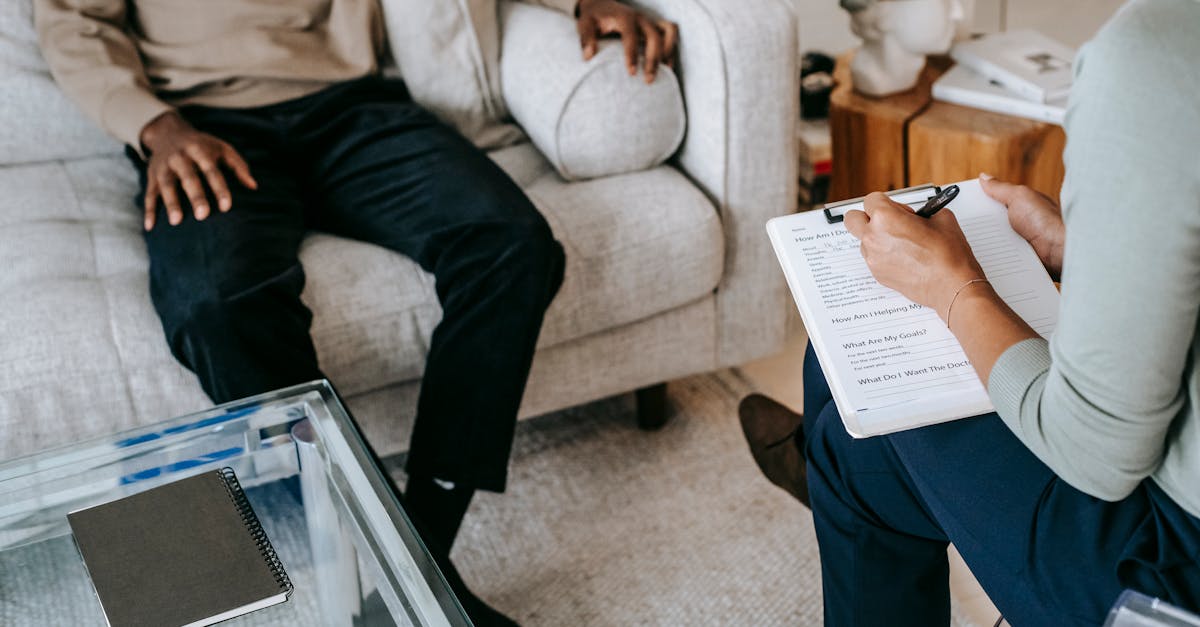
Client Testimonials: Embracing Wellness and Restoring Balance at Pulse Align
Clients who have embarked on their wellness journey with Pulse Align have shared incredible stories of improvement through the innovative use of shockwave therapy for hyperlordosis. They emphasize how our unique approach not only enhances core stability but also supports the body’s natural ability to recalibrate and restore balance. This dual action has led many to experience relief and a newfound sense of well-being.
In La Prairie, clients speak highly of the transformative effects of our tailored programs. One client expressed, “Since beginning my sessions at Pulse Align, I’ve noticed a remarkable difference in my body. I feel more aligned and capable. My core strength has improved, which has alleviated the nagging pain I used to experience daily.” Such feedback highlights the significant role our services play in enhancing body function.
Similarly, clients from Mont-Royal have shared stories of their journeys towards holistic recovery. “The attention to my specific needs at Pulse Align was impressive. The combination of shockwave therapy and core strengthening exercises helped me regain my posture and overall stability. I felt my body adapting and healing naturally.” This testimonial underscores our commitment to nurturing client wellness and supporting their journey.
In Châteauguay, clients have found substantial value in our holistic approach. A client stated, “I struggled with hyperlordosis for years, but after joining Pulse Align, I not only feel less pain but have also experienced an improvement in my daily activities. The therapy made my body aware and responsive, inviting a sense of balance and comfort.” Such revelations affirm our effective strategies in addressing postural imbalances.
As clients from various regions, including Deux-Montagnes and Terrebonne, continue to share their success stories, it becomes evident that Pulse Align’s dedication to wellness resonates deeply. They appreciate how we complement existing health practices by working alongside healthcare teams, ensuring that clients and their families receive the fullest support throughout their wellness journey.
We warmly invite everyone seeking improvement to visit our clinics and discover the personalized care that Pulse Align offers, fostering physical autonomy and holistic health. To explore convenient locations near you, please check out Our Clinics and begin your transformative journey today.
Dr. Sylvain Desforges stands at the forefront of healthcare innovation in the treatment of hyperlordosis, a condition characterized by an excessive inward curve of the lumbar spine. As an expert in osteopathy, naturopathy, and manual medicine, Dr. Desforges is the founding president of TAGMED clinics and the ACMA association. His extensive training and commitment to patient care has positioned him as a leading authority in the management of chronic pain and postural imbalances.
Throughout his career, Dr. Desforges has worked tirelessly to develop effective strategies for alleviating the discomfort associated with various musculoskeletal conditions, including hyperlordosis. This complex condition often stems from muscle imbalances that can lead to lower back pain, reduced mobility, and other undesirable effects on overall health. Recognizing the need for a comprehensive approach, Dr. Desforges emphasizes the importance of enhancing core stability as a foundational element in the treatment of hyperlordosis.
Integrating advanced technologies into his practice has been a hallmark of Dr. Desforges’ work. Among these modern methods is shockwave therapy, a non-invasive treatment that uses acoustic waves to stimulate healing within the body. This innovative therapy promotes tissue regeneration, enhances blood flow, and facilitates the recruitment of muscles essential for maintaining a strong and balanced core. By improving muscle function, shockwave therapy addresses the root cause of hyperlordosis while providing immediate pain relief and long-term benefits.
Dr. Desforges believes that education is key to optimizing patients’ health outcomes. He takes a patient-centric approach, ensuring that individuals understand not only their condition but also the mechanisms behind the treatments offered. By explaining how shockwave therapy interacts with core strengthening exercises, he empowers his patients to take an active role in their recovery. This educational aspect of care promotes adherence to exercise regimens, making it easier for individuals to achieve and maintain stability in the trunk muscles.
In conjunction with shockwave therapy, Dr. Desforges recommends specific exercises targeting the abdomen and glutes, the essential muscle groups responsible for supporting the spine and pelvis. Stringent adherence to these targeted exercises, paired with the regenerative properties of shockwave therapy, has proven invaluable in alleviating symptoms of hyperlordosis. Patients frequently report lasting improvements in their posture and reduced pain levels, which directly contribute to enhanced quality of life.
Dr. Desforges’ dedication to innovative healthcare is not limited to individual treatment outcomes; he is also focused on improving healthcare practices within his community. By founding the ACMA association, he works to foster collaboration among healthcare practitioners and raise awareness about the importance of integrative approaches to health. This commitment extends to training and mentorship for aspiring healthcare professionals, reinforcing a culture of continuous learning and improvement.
With clinics located in Montréal, Terrebonne, and Mont-Royal, Dr. Desforges continues to influence the field of manual medicine and chronic pain management. Clients seeking relief from hyperlordosis and similar conditions are often encouraged to explore the rich array of services offered at TAGMED clinics. Here, evidence-based care meets empathetic support, creating a nurturing environment conducive to recovery and optimal health.
Neurovertebral Decompression Technology by TAGMED
Mechanism of Action
The neurovertebral decompression method developed by TAGMED applies a controlled and progressive traction force to the spinal column. This innovative approach is designed to increase the space between vertebrae, effectively reducing pressure on intervertebral discs and nerve roots. By creating this additional space, fluid movement within the targeted area is enhanced, which is critical for nutrient exchange and waste removal. Consequently, this process significantly contributes to the reduction of inflammation and provides much-needed relief from pain associated with various spinal conditions, including disc herniation, disc bulging, and moderate to severe spinal stenosis.
Specific Benefits
This non-invasive technique provides effective relief for those suffering from chronic pain and symptoms linked to conditions referenced in the discussion on enhancing core stability through shockwave therapy for hyperlordosis. By alleviating the pressure on nerve structures, neurovertebral decompression optimizes fluid circulation around the affected discs. This improves the recovery process, allowing for a faster return to normal activities and ultimately enhancing the overall quality of life for patients. The gentle nature of the decompression method minimizes discomfort during treatment, ensuring a more pleasant experience compared to traditional surgical or pharmacological approaches.
Comparison with Other Treatments
When compared to traditional therapeutic strategies for managing conditions highlighted in the context of hyperlordosis, such as analgesics, corticosteroid injections, surgery, or conventional physiotherapy, TAGMED’s neurovertebral decompression technology stands out for several reasons. The absence of invasive procedures not only mitigates the risk of complications often associated with surgery but also reduces the dependency on medications that can have undesirable side effects. Furthermore, patients often experience a quicker recovery time with this method, leading to a more immediate return to their daily routines.
Case Studies and Testimonials
Many patients have shared their experiences with TAGMED’s neurovertebral decompression technology, highlighting significant benefits in managing their chronic pain. Testimonials indicate lasting pain relief and an improved ability to engage in daily activities. For example, a patient suffering from chronic low back pain reported a substantial decrease in discomfort, allowing for a renewed sense of vitality and independence. Others have expressed gratitude for the rapid reduction in their reliance on pharmacological treatments, facilitating their transition to a healthier lifestyle with fewer distractions from debilitating symptoms.
This combination of enhanced healing, quick recovery, and personalized treatment illustrates the unique advantages of TAGMED’s technology in addressing chronic conditions effectively. By focusing on restoring balance and alleviating discomfort, patients are empowered to reclaim their health and enhance their functionality.
Conclusion on Enhancing Core Stability: Utilizing Shockwave Therapy for Hyperlordosis
In the pursuit of alleviating the challenges brought by hyperlordosis, it becomes increasingly evident that a comprehensive approach is essential for effective management. By focusing on the enhancement of core stability, individuals are empowered to reclaim their physical autonomy while addressing the underlying issues contributing to this postural condition.
One of the key components in addressing hyperlordosis is the implementation of targeted strengthening exercises. Core stability plays a critical role in supporting the spine and achieving proper alignment. The various exercises designed to strengthen the abdominal and gluteal muscles can mitigate excessive curvature and significantly alleviate discomfort associated with this condition. However, integrating shockwave therapy with these strengthening routines can elevate the treatment’s efficacy.
Shockwave therapy has emerged as a formidable ally in the journey towards improved spinal health. By promoting healing and enhancing muscle function, this innovative treatment modality complements traditional methods by facilitating recovery and optimizing the body’s response to muscle engagement. As individuals undergo focused strengthening while benefiting from shockwave therapy, they can expect not only improved physical performance but also a substantial reduction in pain levels.
The combination of strengthening exercises and shockwave therapy embodies a holistic approach to overcoming hyperlordosis. This synergy encourages individuals to embrace a multifaceted strategy that addresses their unique needs while fostering a path toward lasting well-being. As both educational and experiential knowledge expands in this field, it is crucial for individuals suffering from hyperlordosis to explore these options and seek guidance from professional practitioners.
With commitment to these practices, individuals can anticipate a more aligned, balanced, and resilient body, ultimately enhancing their quality of life significantly.

Do you suffer from a chronic condition that responds little or not at all to conservative treatments?
At Pulse Align, we provide an innovative, non-invasive method that helps restore the body’s natural balance and posture through gentle, imperceptible pulses. This innovative approach promotes overall well-being by enhancing muscle tone symmetry, which can lead to reduced tension in muscles and joints. Clients seeking natural solutions often find that our services help them reclaim their comfort and functional balance, allowing them to engage more fully in life without the burdens of everyday discomfort.
It’s important to note that Pulse Align does not directly address pain or specific conditions. Instead, our focus lies in helping the body recalibrate itself naturally. This holistic approach can lead to amazing improvements in overall well-being and posture. Clients frequently discover a renewed sense of ease and stability as their bodies realign and regain natural harmony, enhancing their quality of life.
We pride ourselves on a personalized approach at Pulse Align, tailoring our services to meet the unique needs of each client. Many individuals have shared transformative experiences, expressing how they have noticed remarkable improvements in tension in their shoulders and back, as well as enhanced overall wellness. Our clients appreciate the gentle nature of our sessions, which foster a nurturing environment for their wellness journey, making it ideal for the entire family—children and pregnant women included.
We invite you to explore more about our services at the Pulse Align website. With conveniently located clinics in cities such as La Prairie, Mont-Royal, and Terrebonne, you can easily find a location near you to book a consultation for yourself or your loved ones. Remember, Pulse Align complements your existing healthcare services and focuses on enhancing your overall wellness journey. Embrace a holistic approach with us today!
To learn more about our services and book an appointment, visit our website: Pulse Align
Frequently Asked Questions
Posture Imbalance, body misalignment
Can poor posture cause jaw pain?
Yes, improper head and neck alignment may create tension in the jaw, leading to pain or TMJ issues.
How can I adapt my workstation to improve posture?
Adjust chair height, position the screen at eye level, use a footrest, and ensure forearms are parallel to the floor.
Can dancing improve posture?
Dancing, particularly ballet, encourages an upright posture, better balance, and increased body awareness.
Can I use a posture-correcting belt?
A posture belt can provide temporary support, but addressing the root causes and strengthening muscles is key for lasting results.
Are massages helpful for improving body alignment?
Massage can relax tense muscles, improve circulation, and facilitate postural adjustments, especially combined with targeted exercises.
Can a mirror help correct my posture?
Yes, observing yourself in a mirror helps identify asymmetries and adjust your position in real-time.How do I know if I have a postural imbalance?
Recurring pain, feelings of tightness, difficulty maintaining an upright posture, and visual observation can indicate imbalance.
Can you correct postural imbalance at any age?
Yes, while it’s easier when younger, proper exercises and professional support can help at any stage of life.
Are back strengthening exercises alone enough?
No, it’s important to also strengthen the abdominals, hips, shoulders, and legs to maintain overall muscle balance.
How do I maintain achieved progress?
Continue exercising, stay attentive to daily posture, and have regular check-ups with a professional.
Gabriel Dupuis knows that life’s pains can often be traced back to the way we sit, stand, and move. As a Posture Awareness Advocate at Pulse Align, he’s committed to showing readers how small adjustments in alignment can bring big relief. With a blend of empathy and evidence-based research, Gabriel translates the science of posture into practical steps that help ease discomfort, protect against injury, and restore natural balance. He believes that everyone deserves to feel strong, stable, and pain-free—and through his writing, he offers the guidance and encouragement to help readers reach that goal.
Medical Disclaimer
The information and advice provided on this site do not replace the advice, diagnosis, or treatment of a healthcare professional. Please note that the author of this article is neither a doctor nor a specialist in a medical specialty as defined by the Collège des médecins du Québec. Manual medicine, functional medicine, and sports medicine as described on this site exclude any medical treatment or diagnosis made by a doctor or medical specialist. Always consult your doctor for any medical questions. For more details, please read our complete Legal Notice.

